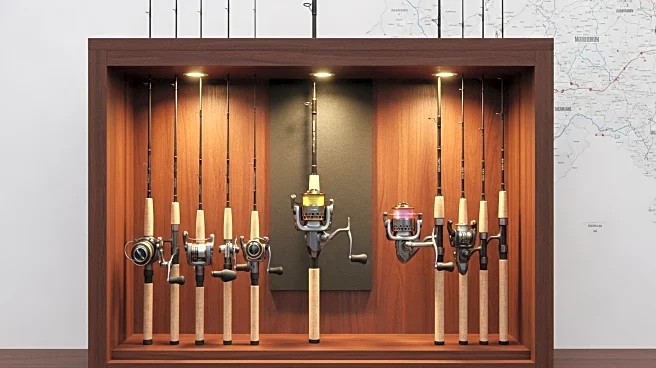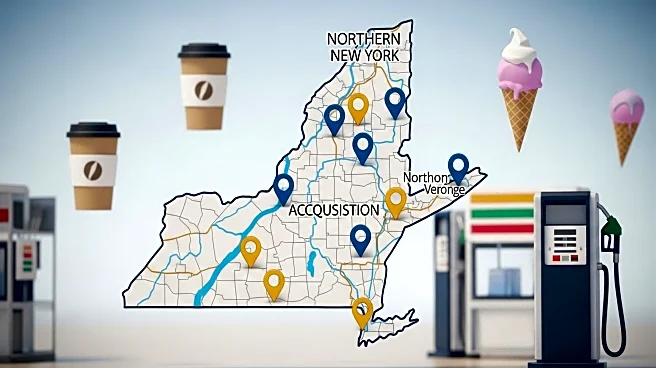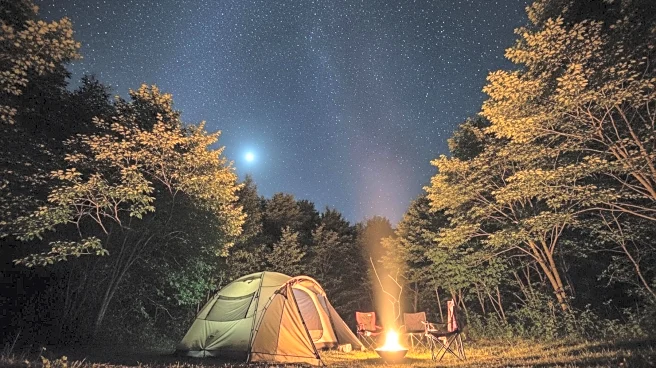What's Happening?
Orvis, a Vermont-based outdoor and sporting goods chain, has announced plans to close nearly half of its retail locations across the United States by early 2026. The company, which currently operates 70 stores, will shutter 31 stores and five outlets as part of a strategic shift to focus on its core offerings of fly fishing and wingshooting. This decision comes in response to what Orvis President Simon Perkins described as an 'unprecedented tariff landscape.' The closures will affect an unspecified number of the company's 1,500 employees nationwide. Orvis, founded in 1856, has expanded its product range over the years to include sportswear, home furnishings, and travel accessories, and maintains partnerships with over 550 retail partners such as Bass Pro Shops and Cabela's.
Why It's Important?
The closure of nearly half of Orvis's stores highlights the significant impact of tariffs on retail operations and supply chains. This move reflects broader challenges faced by U.S. retailers in navigating international trade policies and economic pressures. The decision to refocus on core products may help Orvis strengthen its brand identity and customer loyalty in niche markets like fly fishing. However, the closures will likely result in job losses and reduced local economic activity in affected areas. Retail partners and communities that rely on Orvis stores for employment and commerce may experience negative repercussions.
What's Next?
Orvis plans to concentrate on innovation and community engagement within its core markets, aiming to lead in fly fishing and wingshooting. The company will likely seek to enhance its product offerings and customer experience in these areas. As the closures proceed, Orvis may face scrutiny from employees and communities affected by job losses. The company will need to manage these transitions carefully to maintain its reputation and customer base. Additionally, Orvis's strategic shift may influence other retailers facing similar tariff challenges to reevaluate their business models.












